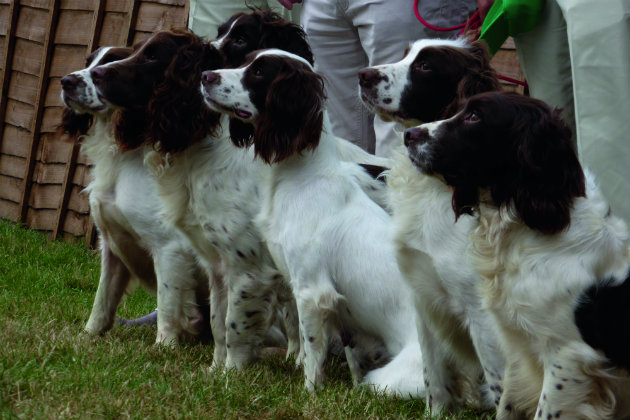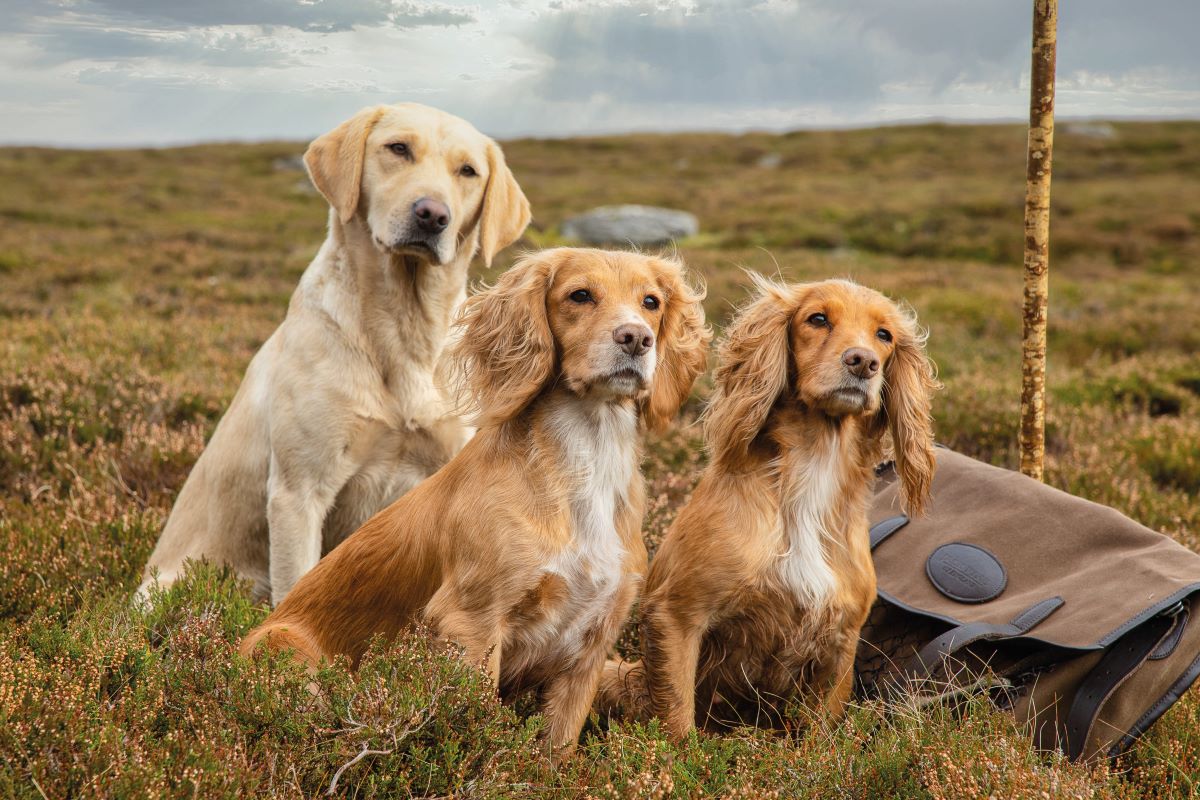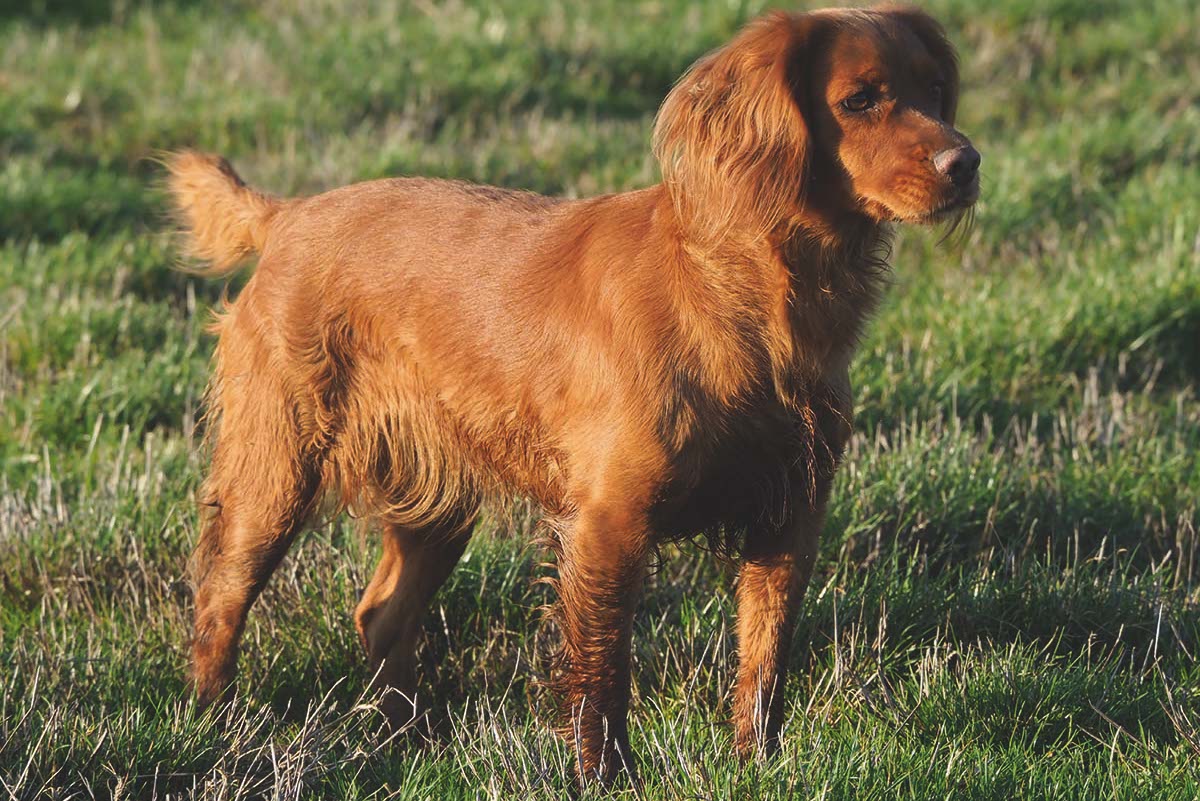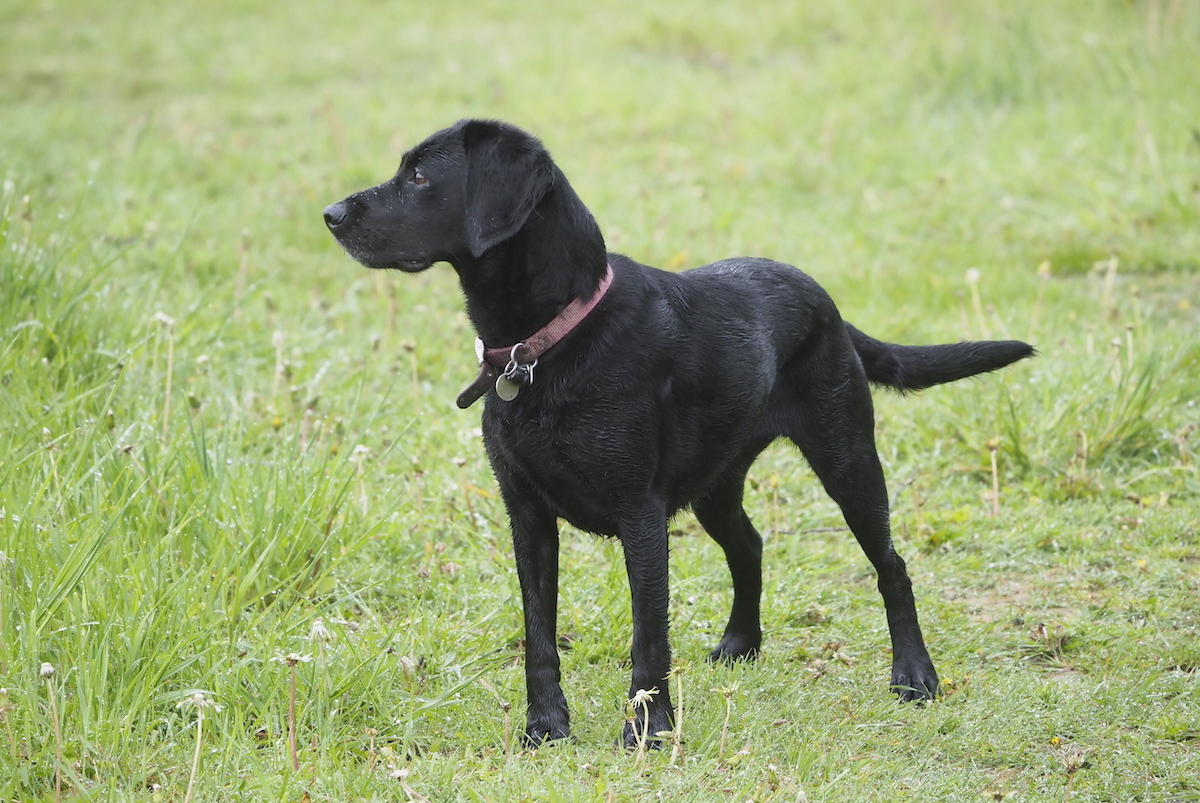Time for the super-spaniel?
Would our native spaniels fare best as one breed?

English springers have become so inbred that their long-term survival is threatened
I don’t know how many English springer spaniels there are in the UK, but my guess would be between 160,000 and 200,000. This is based on 12,000 puppies being registered with the Kennel Club annually, plus the fact that there are many pure-bred but unregistered springers. Assume an average lifespan of around 12 years and my estimated figures make some sense. Springers are not popular as show dogs, so it follows that a high proportion of the springer population is working-bred.
Shared parentage
Though only a minority may be working gundogs, the majority have one thing in common, namely shared parentage. Springers may be both popular and numerous, but, according to a recent study, reported in the journal Canine Genetics and Epidemiology, they’re a pretty inbred bunch of animals. The results of the study, entitled Trends in genetic diversity for all Kennel Club- registered pedigree dog breeds, are included on the Kennel Club’s website. They make depressing reading.
On the website you will read: “The rate of inbreeding [in the English springer] has remained consistently steady and high over the period of the study (1980- 2014). This implies genetic variation is being steadily lost from the breed.” This comes as quite a shock if you have always assumed that the springer was a breed in good shape. Certainly it seems to suffer from far fewer hereditary diseases than the Labrador, but as it becomes more and more inbred, this is likely to change.
Greater vulnerability to inherited diseases
The base of this latest study is an estimated effective population size (EPS) for each breed: you can check on the score for all 200 breeds covered in the survey. Any figure under 100 is cause for worry – the higher the number, the less the concern. Scores of under 50 suggest that the breed may be facing eventual, if not imminent, extinction. The English springer scored a low 45.1, and was one of 10 gundogs in the under-50 category. Cockers did slightly better, at 49.1, while the Clumber was close to the bottom with just 24.5.

Populations of the Clumber (left) and the Sussex spaniel (right) have become worryingly inbred over the years
The perils of inbreeding are numerous, but the most important of all is much greater vulnerability to inherited diseases. Curiously, some of the most inbred dogs with only tiny populations remain relatively (and surprisingly) healthy, but others with bigger populations suffer badly. Springers are generally reasonably healthy, but Labradors (with an EPS of 81.7) are more vulnerable than most breeds to hereditary diseases. More than 100 different hereditary diseases have been found in Labradors, and new ones are being discovered every year.

Genetic variation in Labradors has much reduced
The solution may be obvious – outbreeding – but it’s one that most enthusiasts resist, and the Kennel Club has yet to come to terms with. In the case of the English springer it doesn’t necessarily mean crossing one breed with another, but for breeders to select sires for their bitches with great care, studying pedigrees to ensure that there is little or no overlap. Avoiding fashionable or popular stud dogs is important.
Hybrid vigour
With inbreeding, or what in polite circles is usually called line breeding, the results are generally predictable. Mate brother to sister or father to daughter and there’s a strong chance that the puppies will closely resemble their parents. Outbreed and you don’t know what you’ll get. I outbred my last litter of springers, mating my working bitch to a show-bred stud dog. As far as I know, the two don’t share any similar bloodlines. The resulting 10 puppies were strong, healthy and beautifully marked but, as a reminder of their outbreeding, all were large, with one the size of a Labrador.
The puppies from that litter are now nine years old. Interestingly, those whose lives I have managed to follow (five of the 10) have been remarkably healthy and free from inherited diseases. This may be a matter of luck, but it’s not really surprising. We all know about hybrid vigour – mate unrelated dogs and that’s what you get.
I discussed the broad subject of the survival of the English springer as a breed with a friend who’s a veterinary surgeon. He is convinced the best future for our three most numerous native spaniels — the English, the Welsh and the cocker — would be best served by mixing them together to create a “super-spaniel”. He would give up on the Sussex spaniel (“too inbred to be worth bothering with”) but would consider letting the field spaniel into the mix. He didn’t see a future for the Clumber in its current form, though he did suggest that crossing it with suitable cockers might help to rescue it from certain oblivion.
As ideas go, this is as radical as it gets, but there’s no doubt that it would solve the current problem of inbreeding, by simply turning the clock back 130 years to where spaniels were in the late Victorian era. That was a time of selective breeding, leading to the formation of the various breeds, and the establishment of breed clubs in the early years of last century. I’ve always been a fan of our different and diverse spaniels, but I think my friend may have a point. Does the rising popularity of the sprocker hint at our spaniels’ future?








